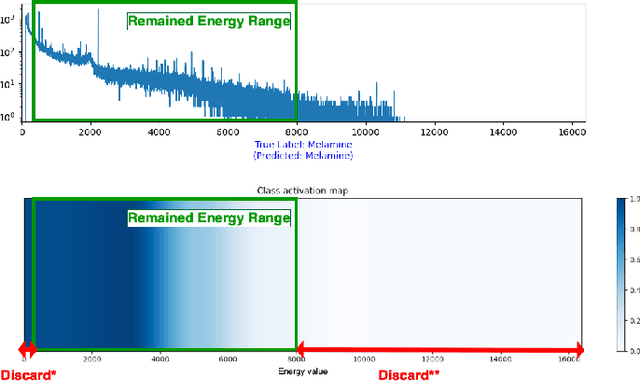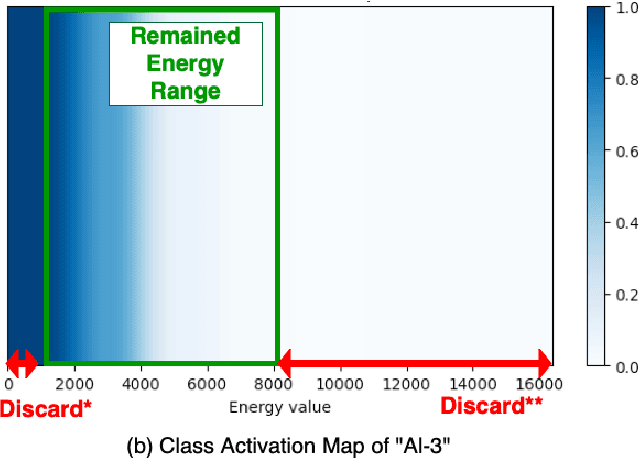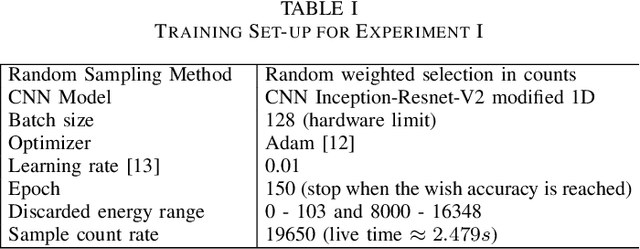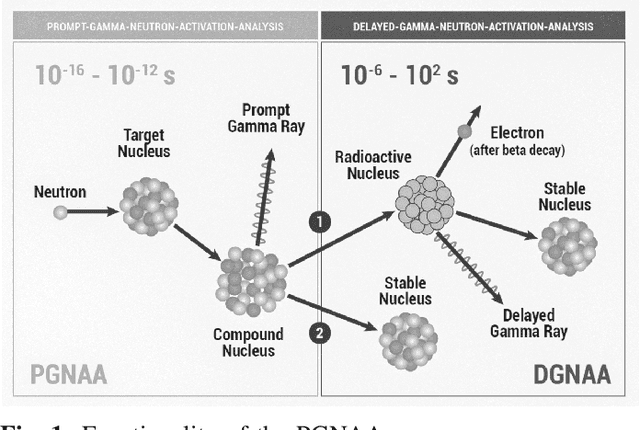Kai Krycki
PGNAA Spectral Classification of Aluminium and Copper Alloys with Machine Learning
Apr 22, 2024



Abstract:In this paper, we explore the optimization of metal recycling with a focus on real-time differentiation between alloys of copper and aluminium. Spectral data, obtained through Prompt Gamma Neutron Activation Analysis (PGNAA), is utilized for classification. The study compares data from two detectors, cerium bromide (CeBr$_{3}$) and high purity germanium (HPGe), considering their energy resolution and sensitivity. We test various data generation, preprocessing, and classification methods, with Maximum Likelihood Classifier (MLC) and Conditional Variational Autoencoder (CVAE) yielding the best results. The study also highlights the impact of different detector types on classification accuracy, with CeBr$_{3}$ excelling in short measurement times and HPGe performing better in longer durations. The findings suggest the importance of selecting the appropriate detector and methodology based on specific application requirements.
"Prompt-Gamma Neutron Activation Analysis (PGNAA)" Metal Spectral Classification using Deep Learning Method
Aug 29, 2022



Abstract:There is a pressing market demand to minimize the test time of Prompt Gamma Neutron Activation Analysis (PGNAA) spectra measurement machine, so that it could function as an instant material analyzer, e.g. to classify waste samples instantaneously and determine the best recycling method based on the detected compositions of the testing sample. This article introduces a new development of the deep learning classification and contrive to reduce the test time for PGNAA machine. We propose both Random Sampling Methods and Class Activation Map (CAM) to generate "downsized" samples and train the CNN model continuously. Random Sampling Methods (RSM) aims to reduce the measuring time within a sample, and Class Activation Map (CAM) is for filtering out the less important energy range of the downsized samples. We shorten the overall PGNAA measuring time down to 2.5 seconds while ensuring the accuracy is around 96.88 % for our dataset with 12 different species of substances. Compared with classifying different species of materials, it requires more test time (sample count rate) for substances having the same elements to archive good accuracy. For example, the classification of copper alloys requires nearly 24 seconds test time to reach 98 % accuracy.
PGNAA Spectral Classification of Metal with Density Estimations
Aug 29, 2022



Abstract:For environmental, sustainable economic and political reasons, recycling processes are becoming increasingly important, aiming at a much higher use of secondary raw materials. Currently, for the copper and aluminium industries, no method for the non-destructive online analysis of heterogeneous materials are available. The Promt Gamma Neutron Activation Analysis (PGNAA) has the potential to overcome this challenge. A difficulty when using PGNAA for real-time classification arises from the small amount of noisy data, due to short-term measurements. In this case, classical evaluation methods using detailed peak by peak analysis fail. Therefore, we propose to view spectral data as probability distributions. Then, we can classify material using maximum log-likelihood with respect to kernel density estimation and use discrete sampling to optimize hyperparameters. For measurements of pure aluminium alloys we achieve near perfect classification of aluminium alloys under 0.25 second.
 Add to Chrome
Add to Chrome Add to Firefox
Add to Firefox Add to Edge
Add to Edge